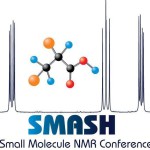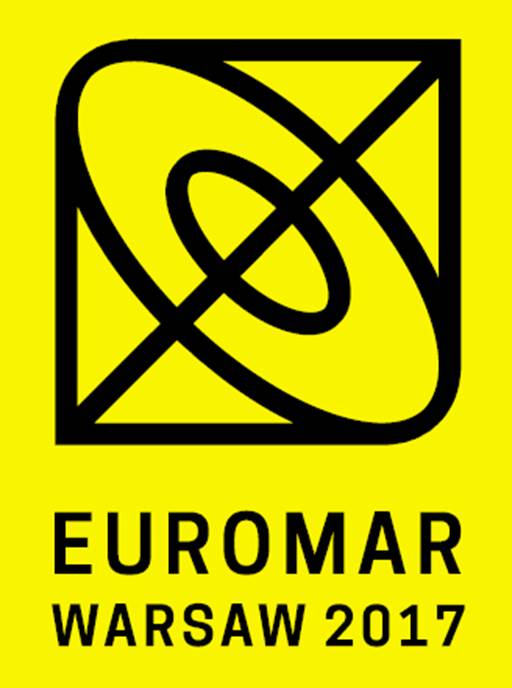 In a few days several SeRMN members will present our research work at the annual meeting of the European magnetic resonance community EUROMAR 2013 Conference that will take place in Hersonissos, Crete (Greece) from 30th June to 5th July. Find below a summary of our contributions.
In a few days several SeRMN members will present our research work at the annual meeting of the European magnetic resonance community EUROMAR 2013 Conference that will take place in Hersonissos, Crete (Greece) from 30th June to 5th July. Find below a summary of our contributions.
- Míriam Pérez-Trujillo presents a Poster entitled “13C NMR Spectroscopy for the differentiation of enantiomers in complex systems using chiral solvating agents (CSA)”. The 1D 13C {1H} NMR experiment is a convenient information-rich alternative to the typical 1D 1H experiment when enantiodifferentiation is induced in complex systems using CSA. Though experimental times are longer than for 1H experiment, observing 13C nucleus has a huge potential for specific applications due to its intrinsic high dispersion and to the easiness of obtaining a proton decoupled spectrum. These features overcome the two main drawbacks of the 1D 1H experiment: the partial resolution of signals and the overlapping. In this study parameters such as enantioresolution, signal overlapping, R/S molar ratio measurement and sensitivity are assessed.
- Josep Saurí presents a Poster entitled “On the interference of J(HH) modulation in HMSQBC-IPAP and HMBC-IPAP experiments“. The poster focuses on the effects of phase signal modulation due to homonuclear proton-proton coupling constants in HSQMBC-IPAP and HMBC-IPAP experiments, which are experimentally evaluated. It is shown that accurate values of small proton-carbon coupling constants, nJCH, can be extracted even for phase-distorted cross-peaks obtained from a selHSQMBC experiment applied simultaneously on two mutually J-coupled protons. On the other hand, an assessment of the reliability of nJCH measurement from distorted cross-peaks obtained in broadband IPAP versions of equivalent HMBC and HSQMBC experiments is also presented. Finally, it is shown that HMBC-COSY experiments could be an excellent complement to HMBC for the measurement of small nJCH values. (DOI: 10.1002/mrc.3977)
- Pau Nolis presents a Poster entitled “Simultaneous measurement of the magnitude and sign of multiple heteronuclear constants in small molecules” The determination of the magnitude of scalar heteronuclear coupling constants (J) has been established as an important step to be done for the structural characterization of small molecules in solution. In addition to the magnitude, the importance of the sign is capital to derivate theoretical and experimental correlations with structural parameters such as dihedral angles and pattern substitutions. Furthermore, the knowledge of the sign is mandatory for the proper measurement and use of residual dipolar couplings in molecules slightly oriented in anisotropic media.
- Laura Castañar presents a Poster entitled “Slice-Selective selHSQMBC Experiments”. The poster focuses on the espatially-encoded selective HSQMBC (se-selHSQMBC) experiment which lets carry on the accurate measurement of small nJCH on protonated and non-protonated carbons using the IPAP technique. In this work, we incorporate the spatial-encoding concept into the H-selective a/b-HSQMBC pulse scheme to invert each individual resonance in a different slice along the z dimension, thereby avoiding unwanted JHHcoupling evolution during the INEPT transfer. In this new se-selHSQMBC experiment, all resonances can be simultaneously and selectively excited in a single NMR experiment without prior knowledge of their frequencies. In order to improve the low sensitivity levels inherent to spatially-encoded NMR experiments, we apply a multi-slice selection technique based on the use of multiple-frequency modulated pulses.







